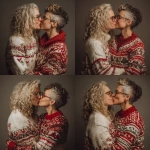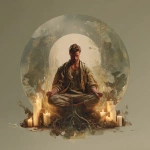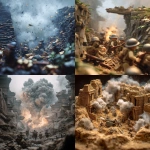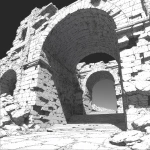Explore the Best AI Image Gallery
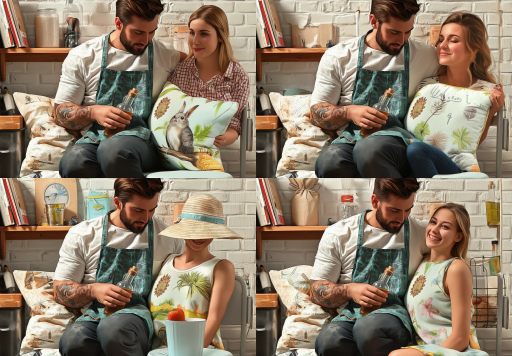
AI and Digital Creativity: Shaping the Future of Artistic Expression
The fusion of artificial intelligence (AI) with digital creativity has marked a transformative era in the artistic landscape. As algorithms become increasingly sophisticated, they are not only assisting artists but also reshaping the entire creative industry. This blog explores the impact of AI on creativity, potential applications, ethical considerations, and what the future may hold.
The Impact of AI on the Creative Industry
Artificial intelligence has been making waves across various sectors, including the creative arts. Traditionally, art has been an outlet for human expression, emotion, and intellect. However, AI introduces a collaborative component that changes how artworks can be conceived and produced.
One remarkable instance of AI's impact is its use in generating visual art. Tools like DeepArt, ArtBreeder, and Google’s DeepDream allow users to create stunning images by utilizing neural networks. By analyzing thousands of artworks, these AI systems can produce unique pieces that reflect styles ranging from classical to contemporary.
Additionally, music composition is witnessing a similar transformation. AI platforms like OpenAI's MuseNet can compose original pieces based on input from users, blending various genres and styles. These innovations are igniting conversations about creativity and authorship in the digital age.
Potential Uses of AI in Digital Creativity
- Content Generation: AI can help generate text, images, and sounds, allowing creators to focus on high-level concepts and ideas.
- Personalization: AI-driven tools can analyze user preferences, creating personalized experiences in art and music.
- Collaboration: Artists can collaborate with AI as co-creators, experimenting with styles and techniques that might be beyond their skill set.
- Automation: Repetitive tasks such as routine editing or adjustments can be automated, freeing up time for more creative pursuits.
Ethical Considerations
While the possibilities seem endless, the integration of AI into the creative scene also raises significant ethical questions. One pressing concern is copyright ownership. If an AI generates a piece of art or music, who owns the rights? Should the credit go to the programmer, the user, or the AI itself? This question challenges traditional perceptions of authorship.
Moreover, there's the issue of authenticity. If artistic creations are increasingly generated by algorithms, what does this mean for human artistry? Some critics argue that it dilutes the emotional and experiential core of art. However, proponents argue that AI can enhance human creativity, enabling artists to transcend traditional boundaries.
Another ethical dimension relates to bias in AI. Algorithms are trained on existing datasets, which may contain inherent biases. As a result, AI can inadvertently perpetuate stereotypes or produce artworks that reflect skewed perspectives. Addressing these biases is crucial to ensuring fairness in the creative outputs produced by AI.
Future Trends in AI and Digital Creativity
The synergy between AI and digital creativity will likely evolve in exciting ways. As AI technology continues to advance, we can expect:
- Increased Accessibility: As tools become more user-friendly, a broader range of individuals, regardless of artistic background, will be able to create compelling works with AI.
- Hybrid Creations: The emergence of hybrid forms of art combining traditional techniques with AI-generated elements will expand artistic vocabulary.
- Real-time Collaboration: Future platforms may enable real-time collaboration between humans and AI, accelerating the creative process.
- AI as an Artistic Partner: Rather than merely serving as a tool, AI will evolve into a genuine partner in the creative process, providing inspiration and generating fresh ideas.
In conclusion, the intersection of AI and digital creativity is reshaping the creative industry in profound ways. As artists and technologists continue to explore this relationship, the possibilities for innovation are vast. However, with these advancements come ethical considerations that must be addressed to foster a balanced and equitable creative landscape. The future promises an exciting journey filled with opportunities for artistic expression, collaboration, and transformation.


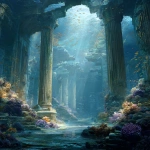

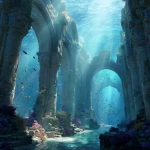


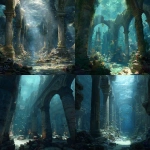
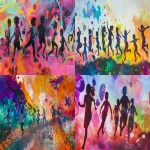




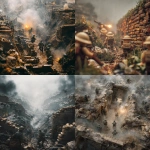
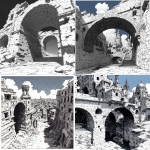

](https://images.ai-img.art/thumbnails/150/c48401bc3fad7ff7f2dbd37b894d3f53cb42d5072dfacb8bfdcdeeef28a29b04.webp)

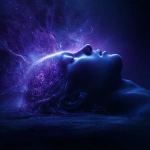


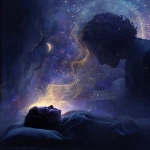

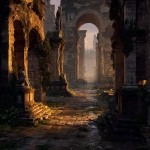
](https://images.ai-img.art/thumbnails/150/c2241c1eabdcb7b9a98be19a7e8d850b6cffe0e0c91c1ccda8dd807e2a96b187.webp)

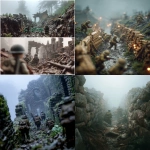
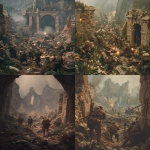
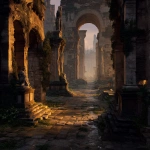



](https://images.ai-img.art/thumbnails/150/47d44e177f427ea6b32f96ea225db96c5158850a0cf01d1bad93e45dd4594430.webp)
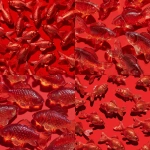
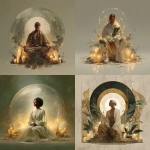
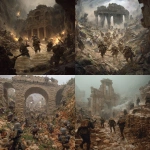

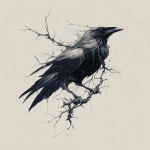

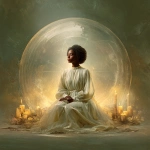
](https://images.ai-img.art/thumbnails/150/44b76c49c47b4c47f13eac7883c63827d3f89aa77fe64ce0cbecb9d3ce434499.webp)
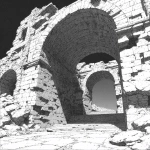
](https://images.ai-img.art/thumbnails/150/09ccae5e68e2b6da6b5da87ef69f7eb09e80c99ca39ba886c5c3773cbb3b89ba.webp)



